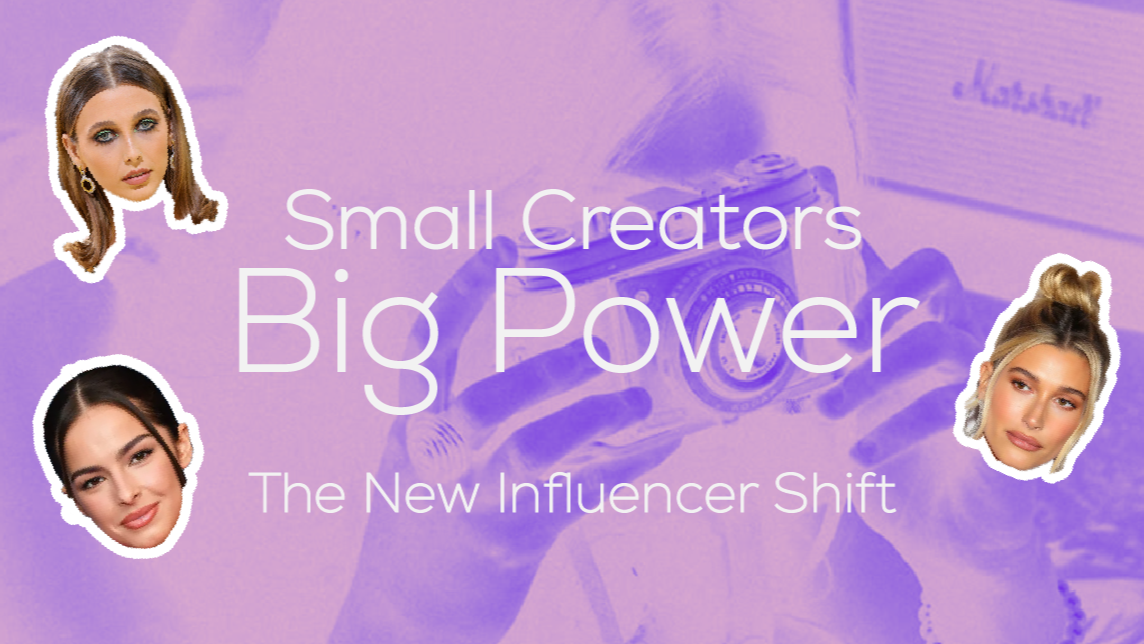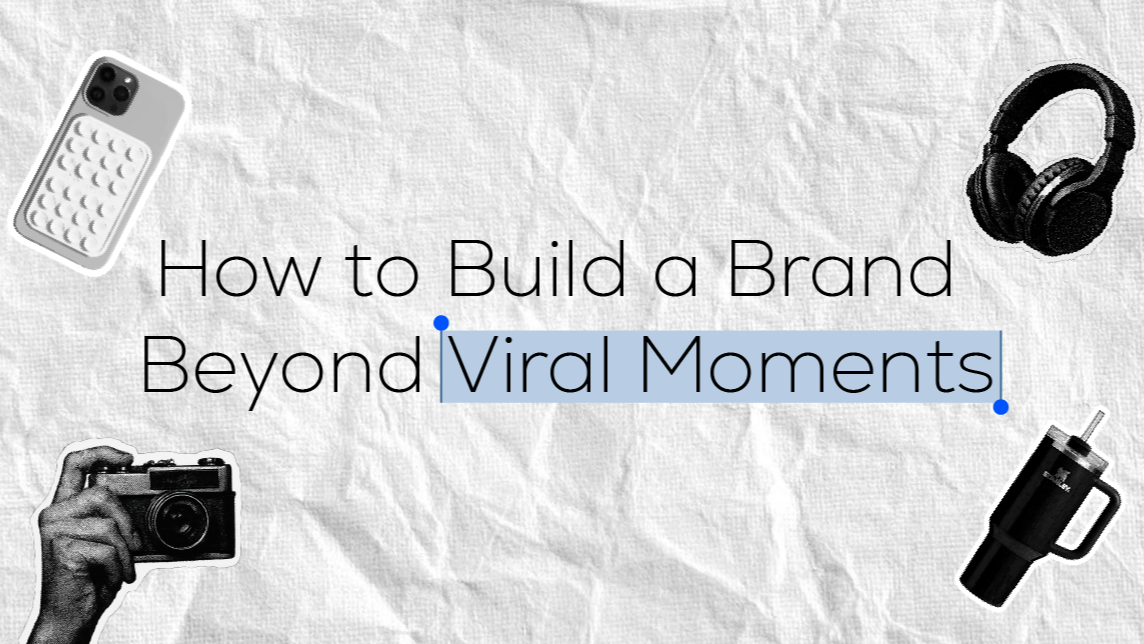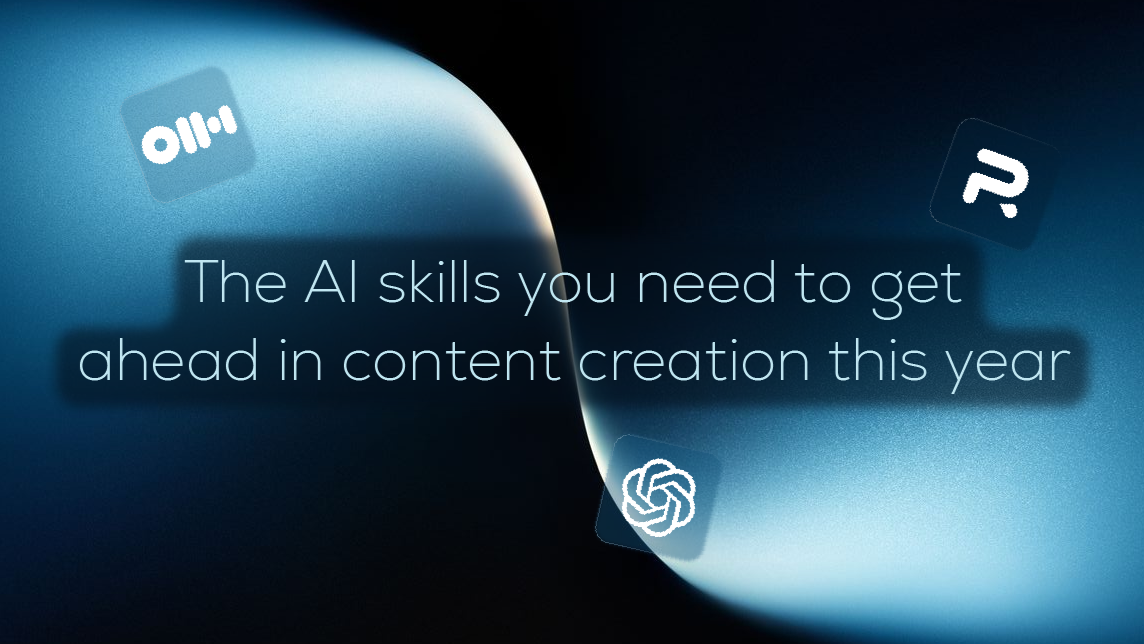5G, or the fifth generation of mobile network technology, is designed to significantly enhance the speed, coverage, and responsiveness of wireless networks. It is the successor to 4G LTE and promises to provide higher data speeds, lower latency, and the ability to connect more devices simultaneously.
Key Features of 5G:
- High Data Speeds: 5G networks have the potential to deliver data speeds of up to 10 Gbps, which is about 100 times faster than 4G, enabling faster and more efficient data transmission.
- Low Latency: 5G networks can achieve latency as low as 1 millisecond, allowing for real-time communication and applications, which is beneficial for various industries and technologies.
- Increased Capacity: 5G can support a large number of connected devices, catering to the growing Internet of Things (IoT) ecosystem and enabling seamless connectivity for a wide range of devices and applications.
- Enhanced Reliability: 5G offers more reliable connections, which is essential for critical applications like healthcare and autonomous vehicles.
Opportunities 5G Presents for Marketers
Enhanced User Experience
- Ultra-Fast Loading Speeds: With 5G, websites, apps, and multimedia content load almost instantaneously, reducing bounce rates and improving user satisfaction.
- Seamless Streaming: High-definition video and live-streaming experiences become more accessible and fluid, offering marketers new ways to engage audiences with high-quality video content.
Advanced Data Analytics
- Real-Time Data Processing: 5G allows for the rapid collection and analysis of data, enabling marketers to make real-time decisions and optimizations to their campaigns.
- Improved Customer Insights: The increased data flow from 5G-connected devices provides deeper insights into customer behavior, preferences, and interactions.
Immersive Technologies
- Augmented Reality (AR): 5G supports sophisticated AR applications, allowing brands to create interactive and engaging experiences, such as virtual try-ons or immersive product demos.
- Virtual Reality (VR): With reduced latency and high data speeds, VR experiences can be more realistic and engaging, opening new avenues for virtual events, showrooms, and experiential marketing.
Enhanced Mobile Marketing
- Rich Media Ads: The ability to deliver high-resolution images, videos, and interactive content on mobile devices enhances the impact of mobile ads.
- Location-Based Services: 5G enables more precise and timely location-based marketing, providing users with relevant offers and information based on their real-time location.
Internet of Things (IoT)
- Connected Devices: The proliferation of IoT devices connected through 5G offers new data sources and touchpoints for marketers to engage with consumers.
- Smart Advertising: IoT data can be used to create personalized advertising experiences, such as smart home devices suggesting products based on user behavior.
Personalized and Interactive Content
- Tailored Experiences: Marketers can deliver more personalized content and ads based on real-time data and user behavior, improving relevance and engagement.
- Interactive Ads: Enhanced connectivity allows for the development of interactive ad formats, such as playable ads or ads that respond to user input.
New Revenue Streams
- Innovative Ad Formats: 5G enables the creation of new and innovative ad formats, such as 3D ads, holographic displays, and more immersive digital experiences.
- Subscription Services: Faster and more reliable connectivity can enhance the appeal of subscription-based models for premium content and services.
Improved Customer Support
- Real-Time Assistance: With low-latency communication, customer support can be more immediate and effective, leveraging tools like live video support and chatbots.
- Enhanced Self-Service: AR and VR applications can offer advanced self-service options, such as virtual troubleshooting or product assembly guides.
Conclusion
5G technology presents a multitude of opportunities for marketers to enhance user experiences, leverage advanced data analytics, and create immersive and interactive content. By embracing these opportunities, marketers can stay ahead of the curve, deliver more engaging and personalized campaigns, and ultimately drive better results in the rapidly evolving digital landscape.







